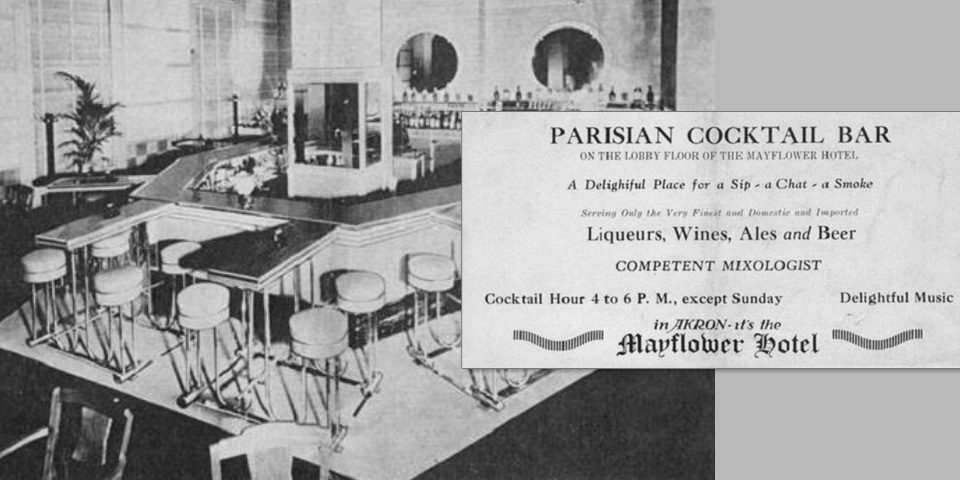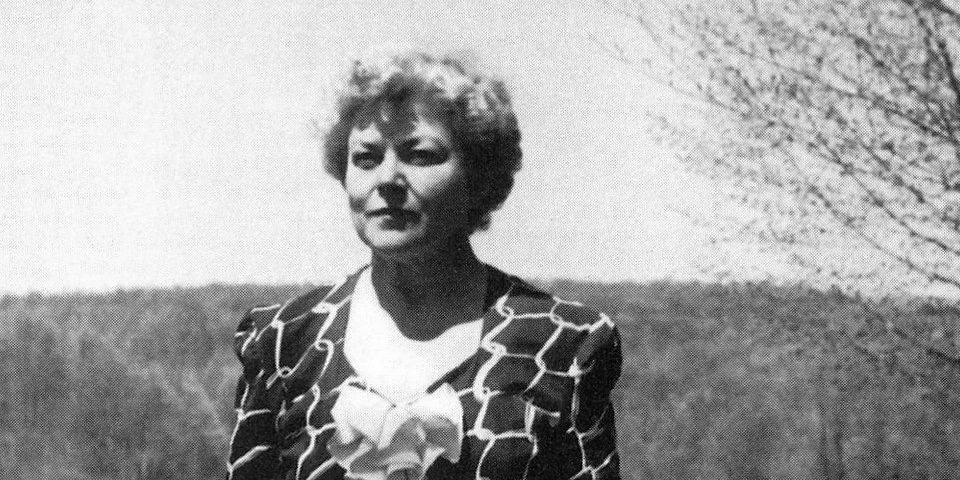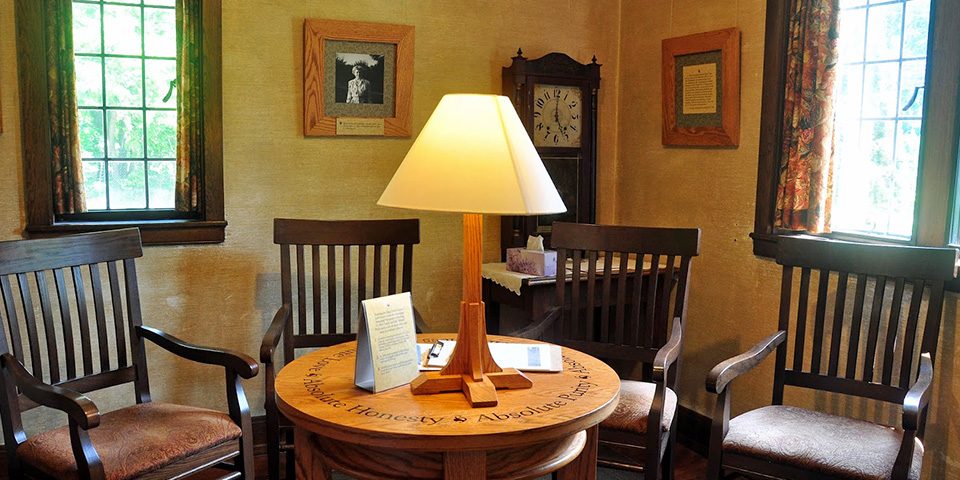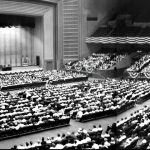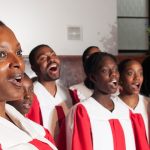
October 21, 1939
Alcoholics Anonymous Makes Its Stand Here
Success
By now it is a rare Clevelander who does not know, or know of, at least one man or woman of high talent whose drinking had become a public scandal, and who suddenly has straightened out “over night,” as the saying goes-the liquor habit licked. Men who have lost $15,000 a year jobs have them back again. Drunks who have taken every “cure” available to the most lavish purse, only to take them over again with equally spectacular lack of success, suddenly have become total abstainers, apparently without anything to account for their reform. Yet something must account for the seeming miracle. Something does.
Alcoholics Anonymous has reached the town.
Fellowship
Every Thursday evening at the home of some ex-drunk in Cleveland, 40 or 50 former hopeless rummies meet for a social evening during which they buck each other up. Nearly every Saturday evening they and their families have a party — just as gay as any other party held that evening despite the fact that there is nothing alcoholic to drink. From time to time they have a picnic, where everyone has a roaring good time without the aid of even one bottle of beer. Yet these are men and women who, until recently, had scarcely been sober a day for years, and members of their families who all that time had been emotionally distraught, social and economic victims of another’s addition.
These ex-rummies, as they call themselves, suddenly salvaged from the most socially noisome of fates, are the members of the Cleveland Fellowship of an informal society called “Alcoholics Anonymous.” Who they are cannot be told, because the name means exactly what it says. But any incurable alcoholic who really wants to be cured will find the members of the Cleveland chapter eager to help.
The society maintains a “blind” address: The Alcoholic Foundation, Box 657, Church Street Annex Postoffice, New York City. Inquiries made there are forwarded to a Cleveland banker, who is head of the local Fellowship, or to a former big league ball player who is recruiting officer of the Akron Fellowship, which meets Wednesday evenings in a mansion loaned for the purpose by a non-alcoholic supporter of the movement.
Cured
The basic point about Alcoholics Anonymous is that it is a fellowship of “cured” alcoholics. And that both old-line medicine and modern psychiatry had agreed on the one point that no alcoholic could be cured. Repeat the astounding fact:
These are cured.
They have cured each other.
They have done it by adopting, with each other’s aid, what they call “a spiritual way of life.”
“Incurable” alcoholism is not a moral vice. It is a disease. No dipsomaniac drinks because he wants to. He drinks because he can’t help drinking.
He will drink when he had rather die than take a drink. That is why so many alcoholics die as suicides. He will get drunk on the way home from the hospital or sanitarium that has just discharged him as “cured.” He will get drunk at the wake of a friend who died of drink. He will swear off for a year, and suddenly find himself half-seas over, well into another “bust.” He will get drunk at the gates of an insane asylum where he has just visited an old friend, hopeless victim of “wet brain.”
Prayer
These are the alcoholics that “Alcoholics Anonymous” cures. Cure is impossible until the victim is convinced that nothing that he or a “cure” hospital can do, can help. He must know that his disease is fatal. He must be convinced that he is hopelessly sick of body, and of mind — and of soul. He must be eager to accept help from any source — even God.
Alcoholics Anonymous has a simple explanation for an alcoholic’s physical disease. It was provided them by the head of one of New York City’s oldest and most famous “cure” sanitariums. The alcoholic is allergic to alcohol. One drink sets up a poisonous craving that only more of the poison can assuage. That is why after the first drink the alcoholic cannot stop.
They have a psychiatric theory equally simple and convincing. Only an alcoholic can understand another alcoholic’s mental processes and state. And they have an equally simple, if unorthodox, conception of God.
By Elrick B. Davis, Cleveland Plain Dealer

